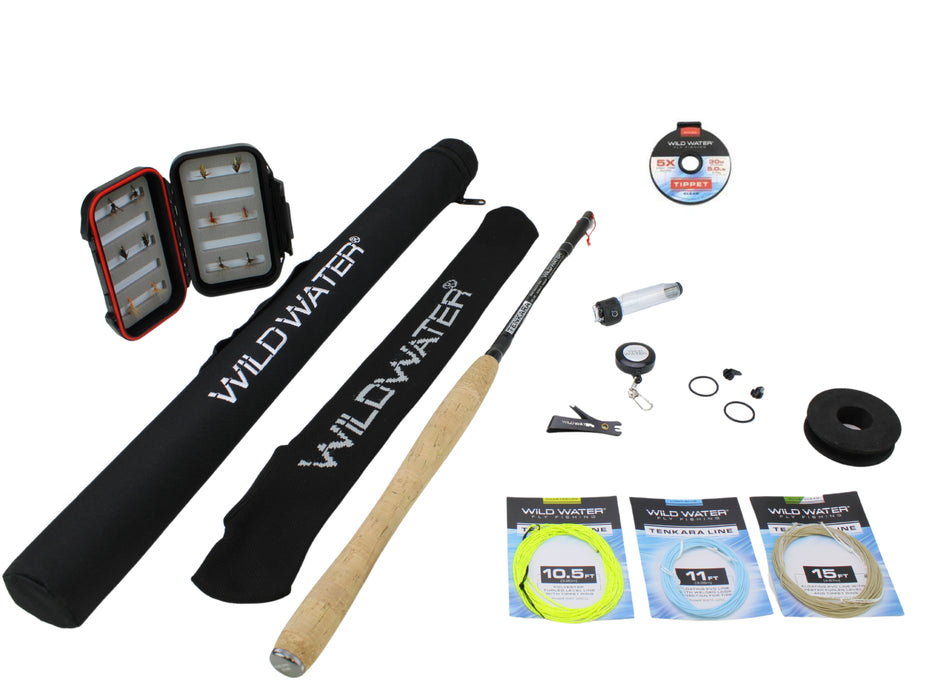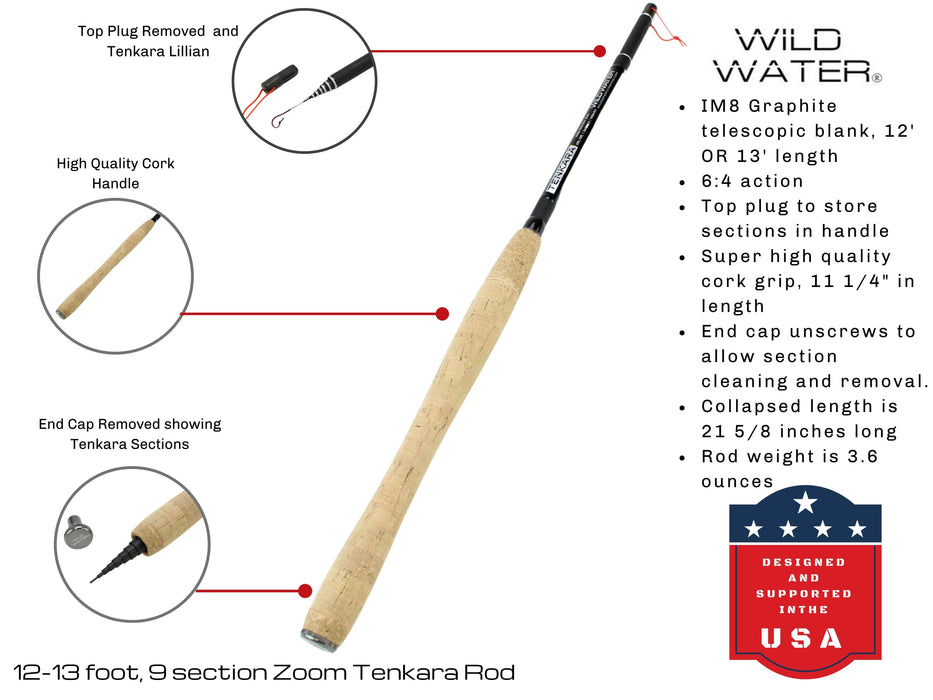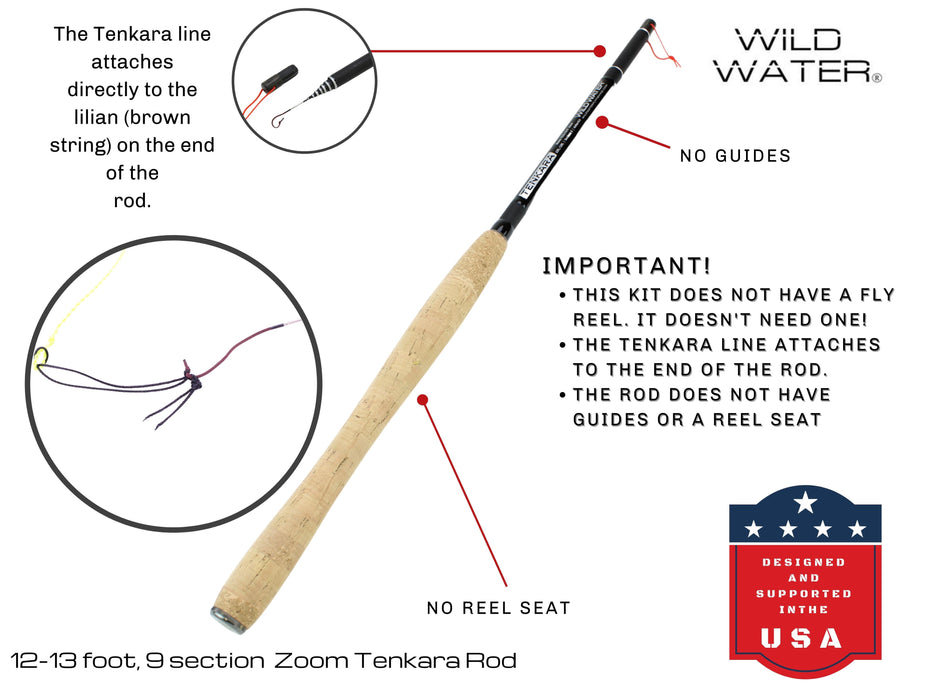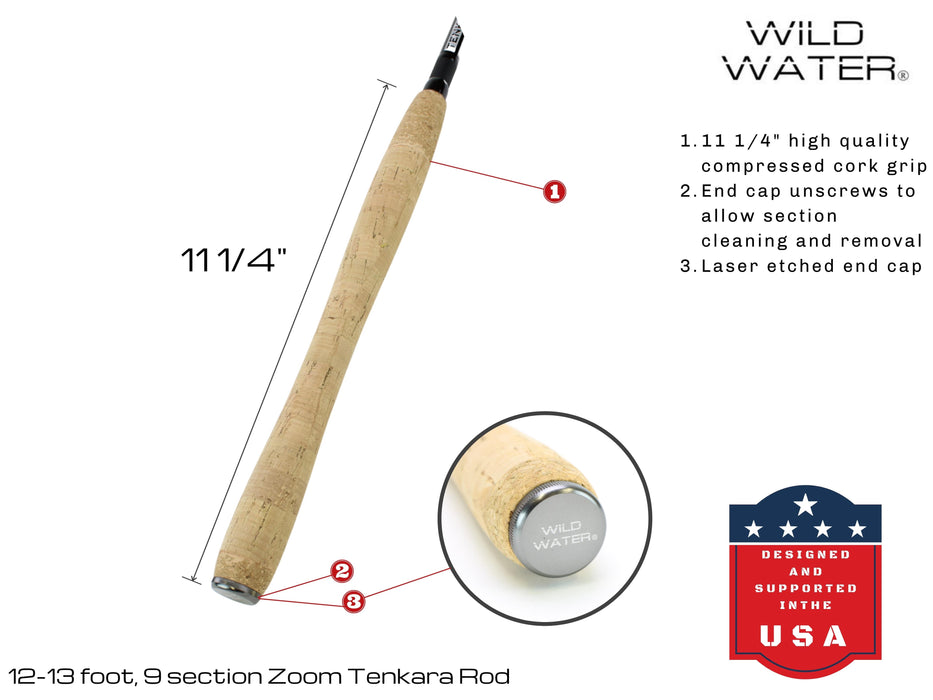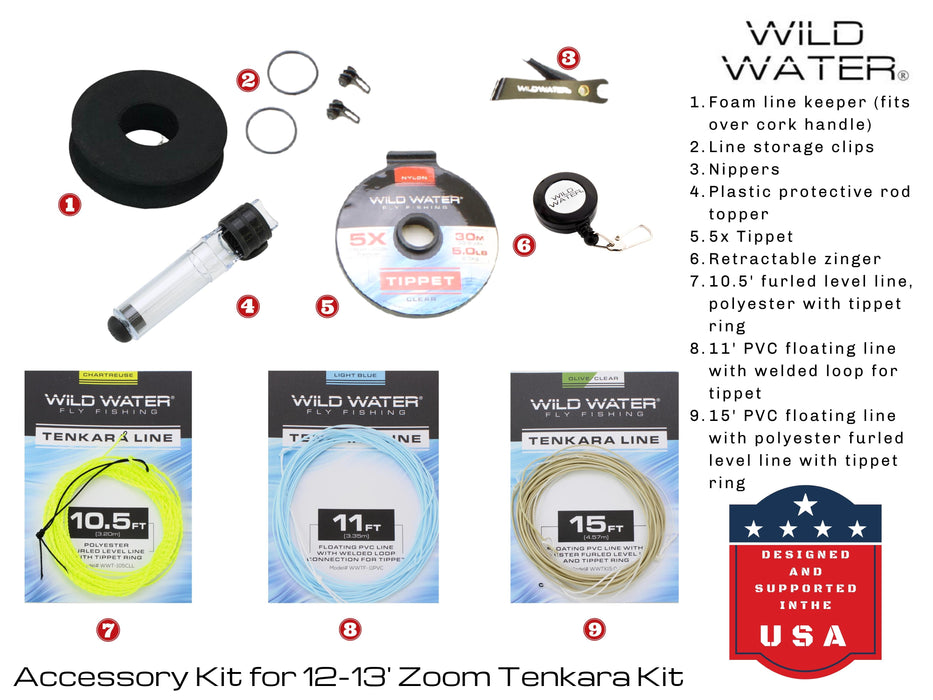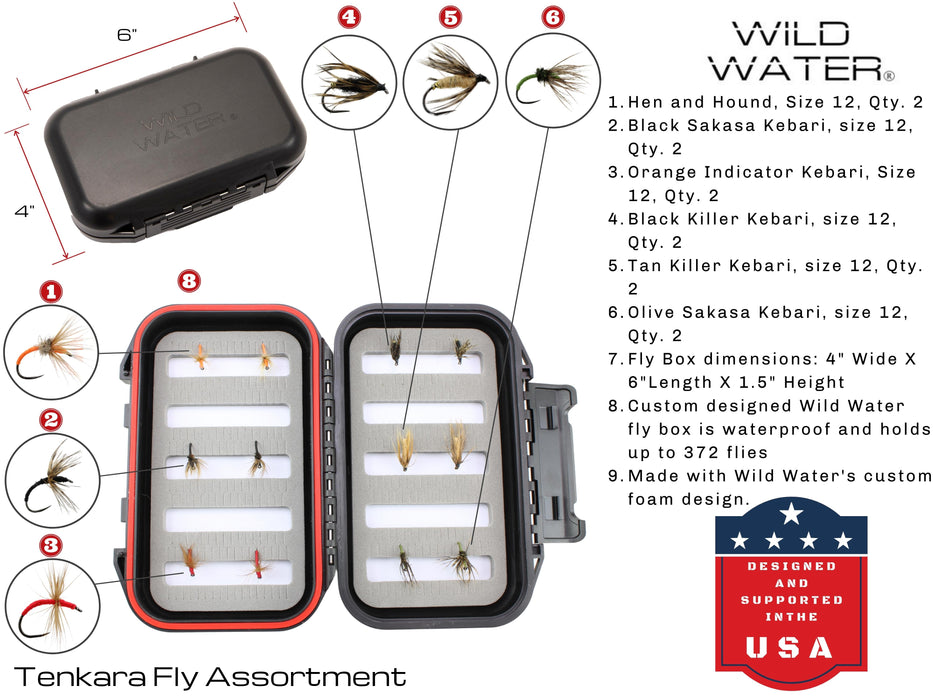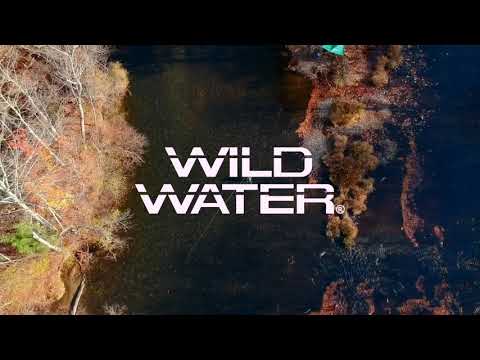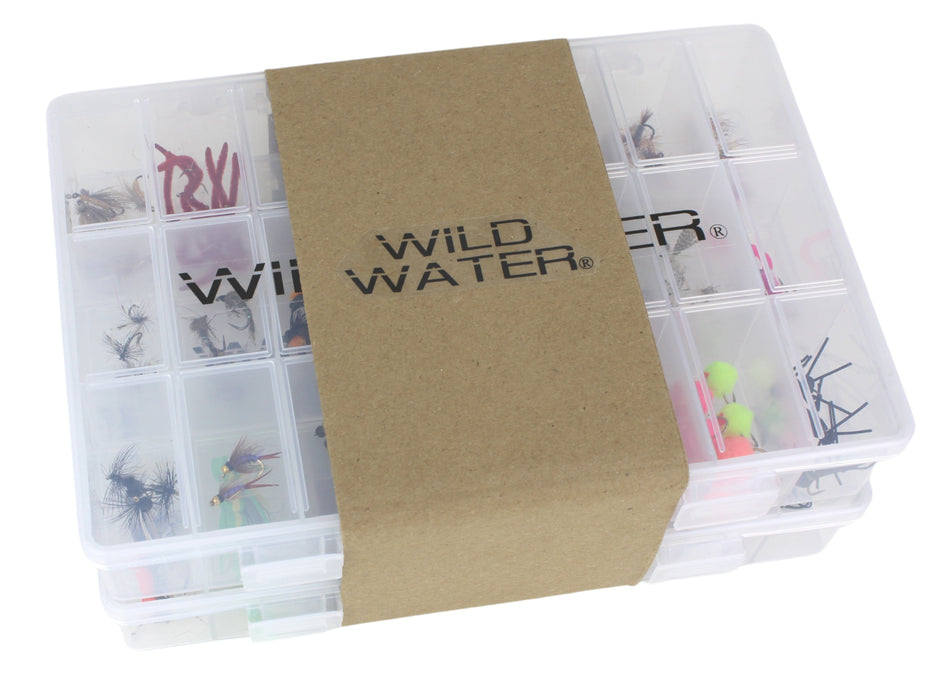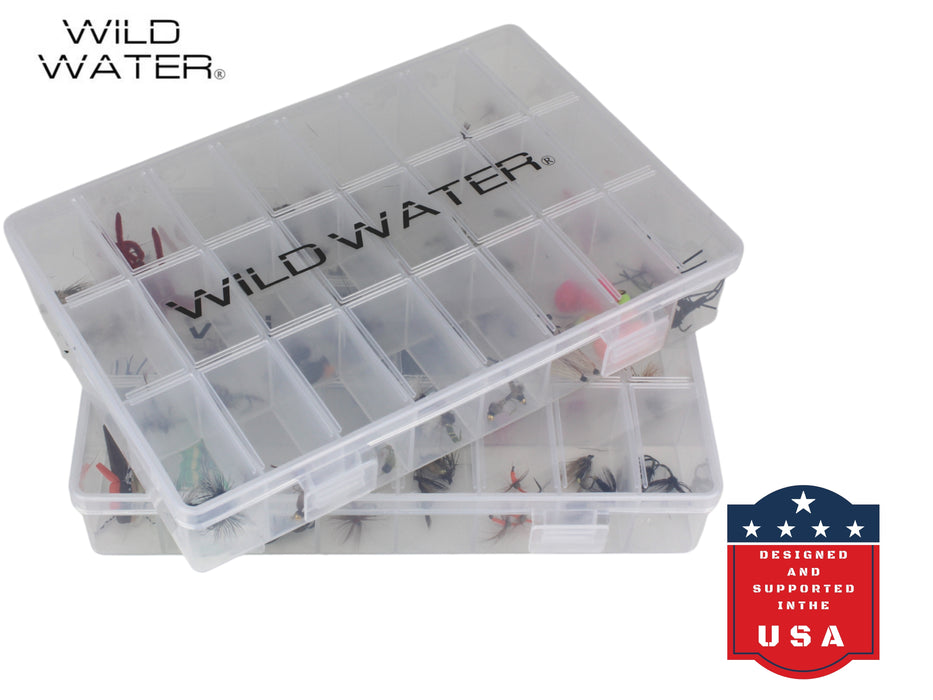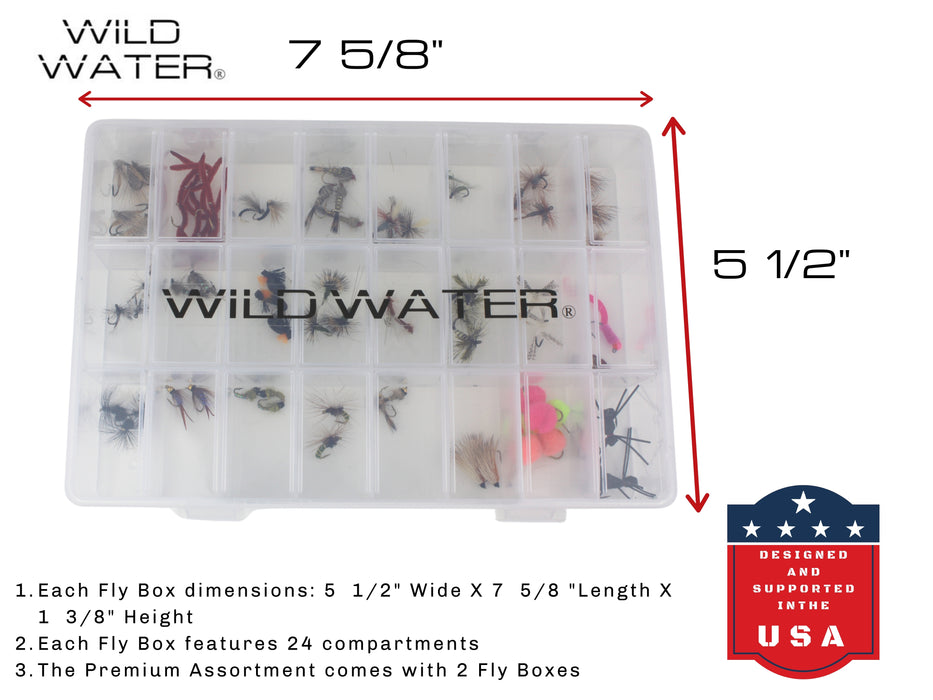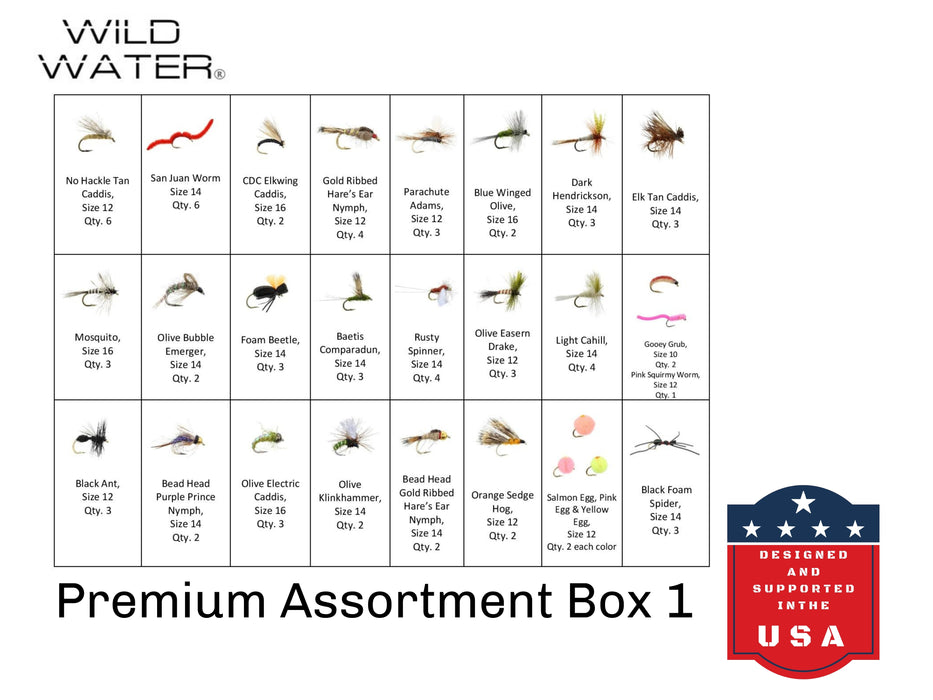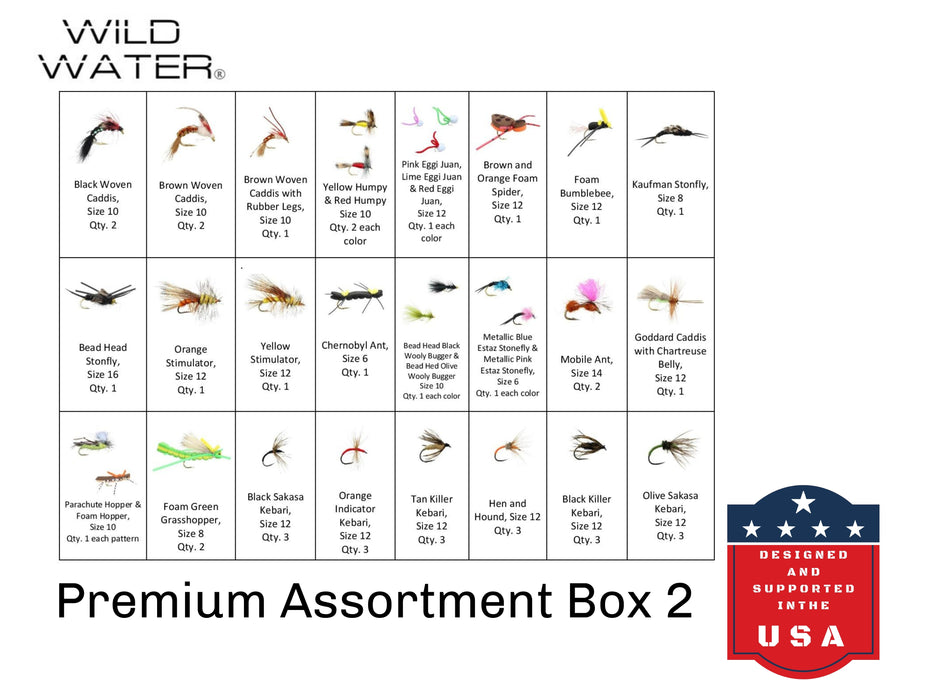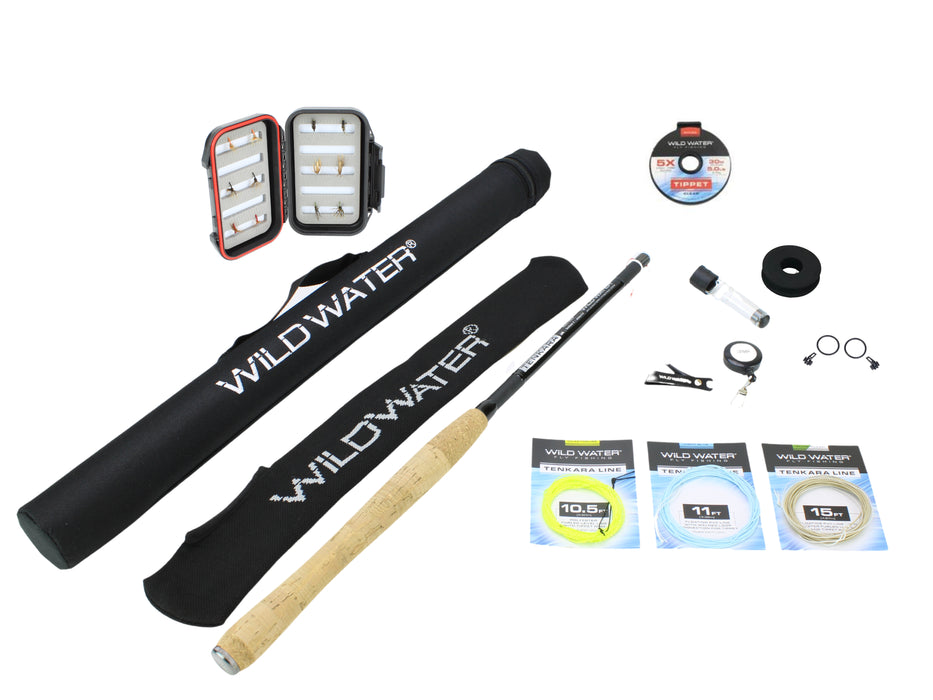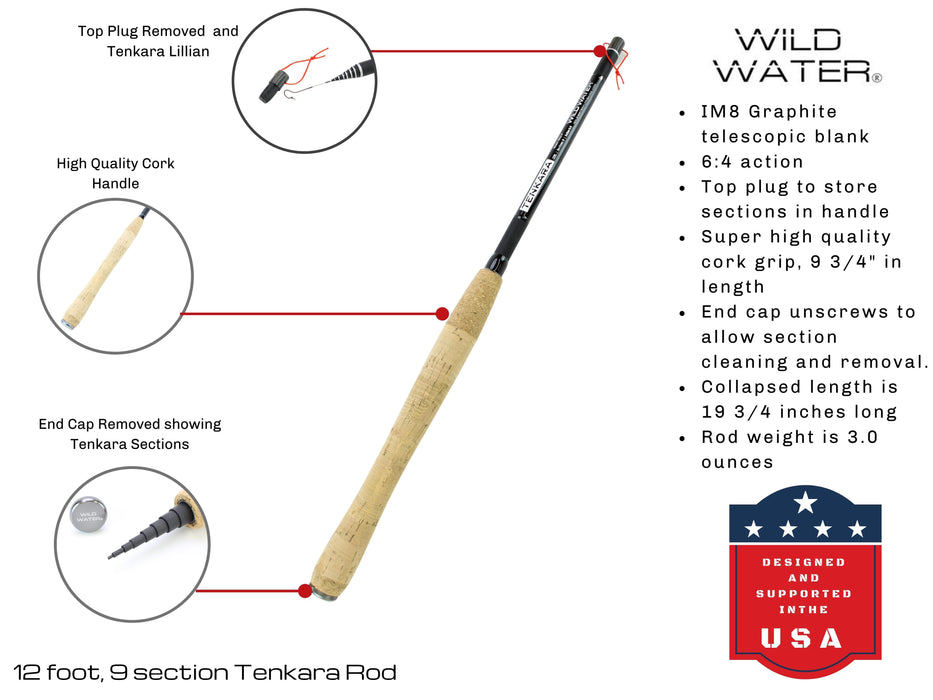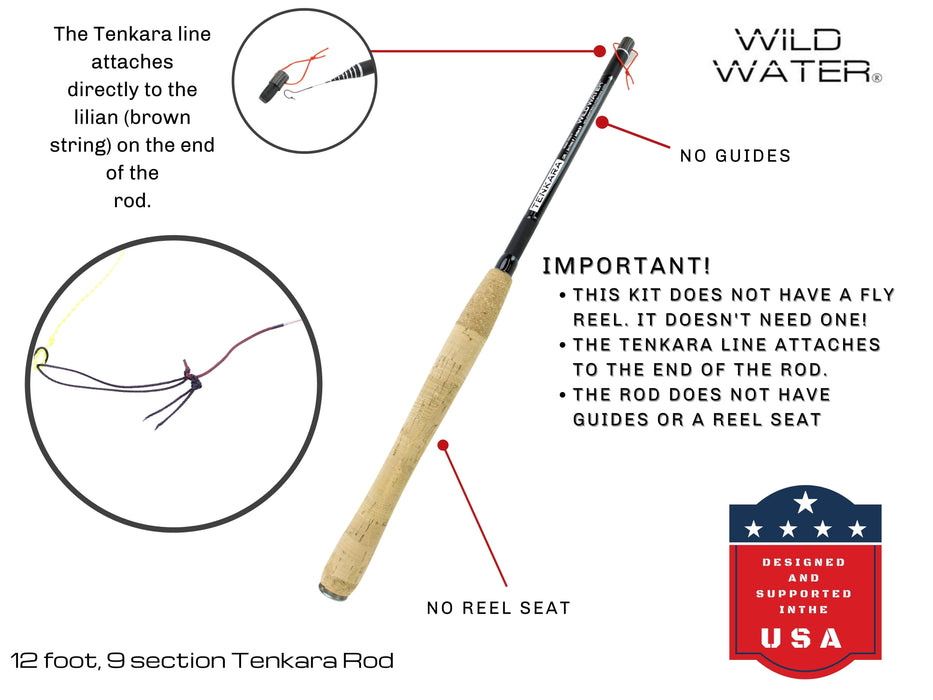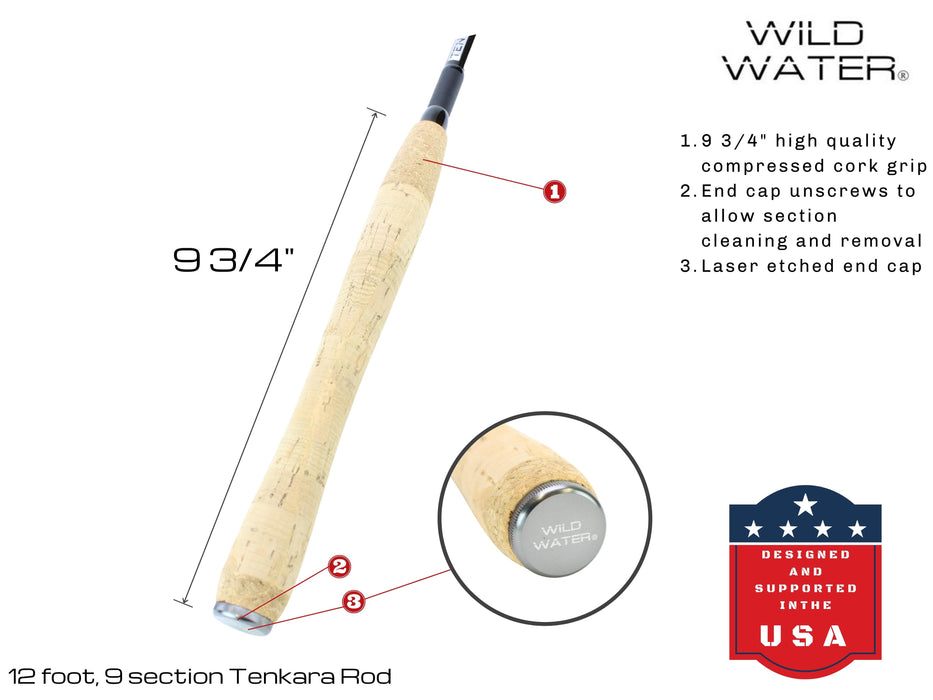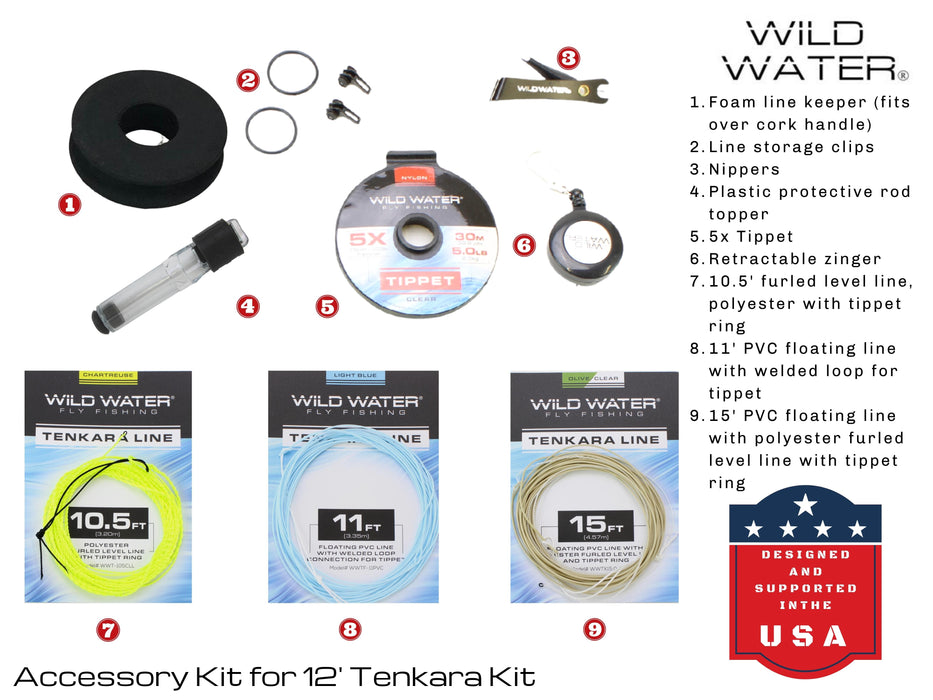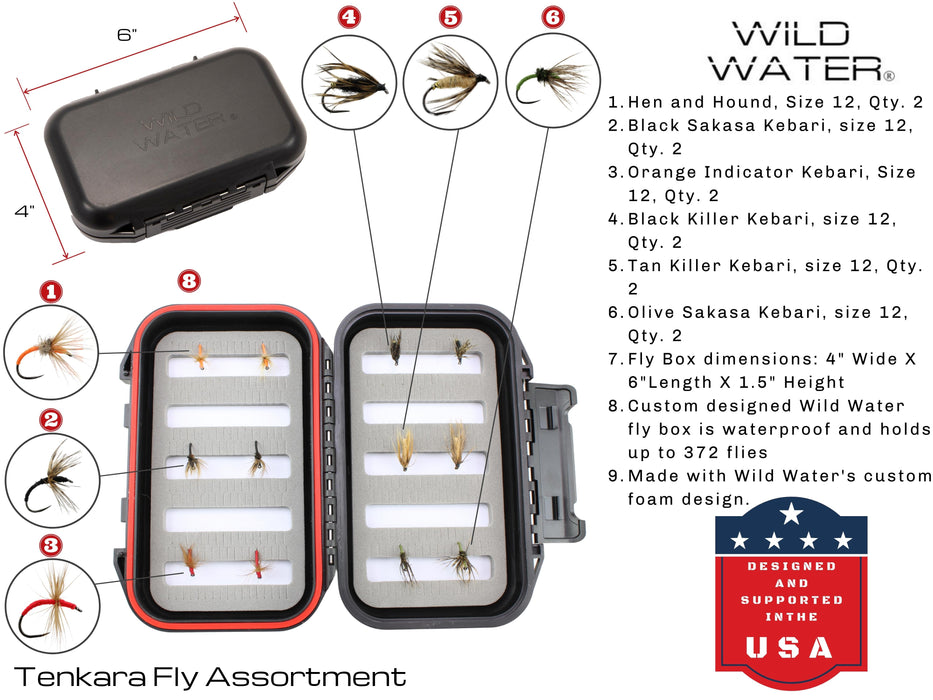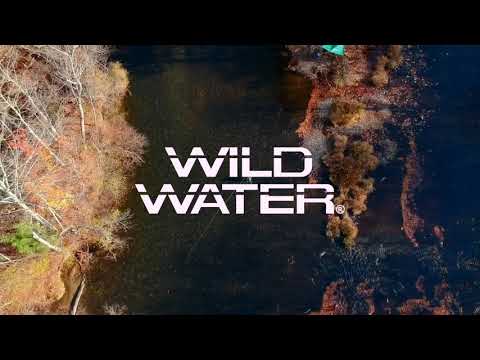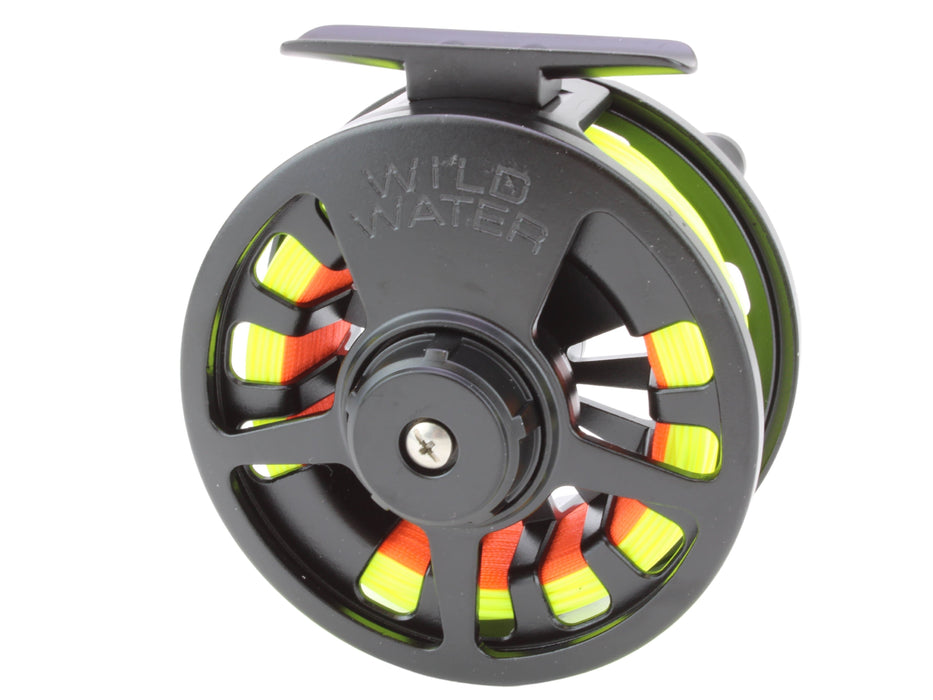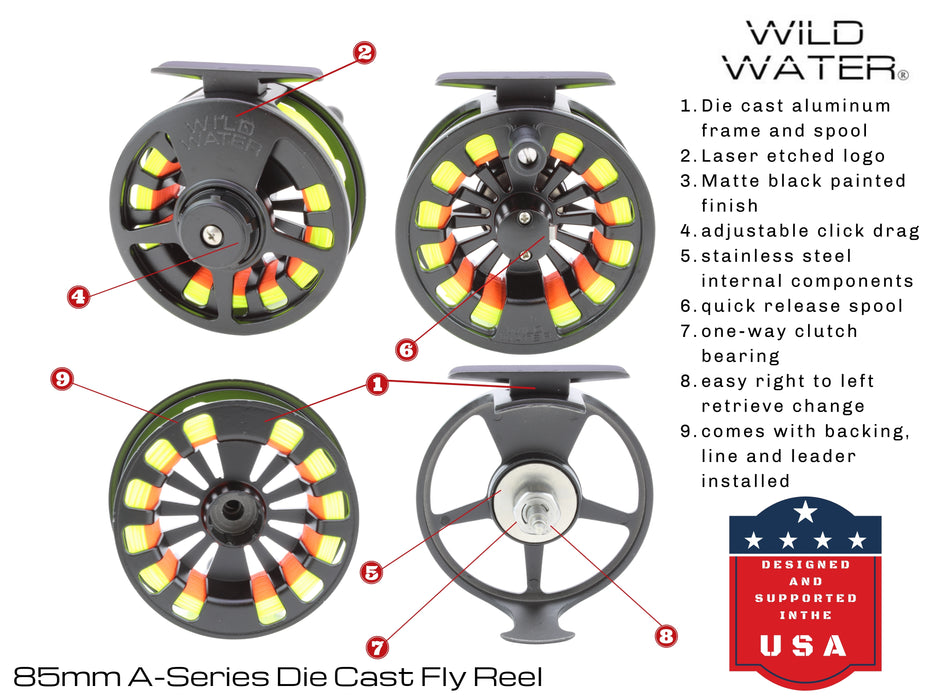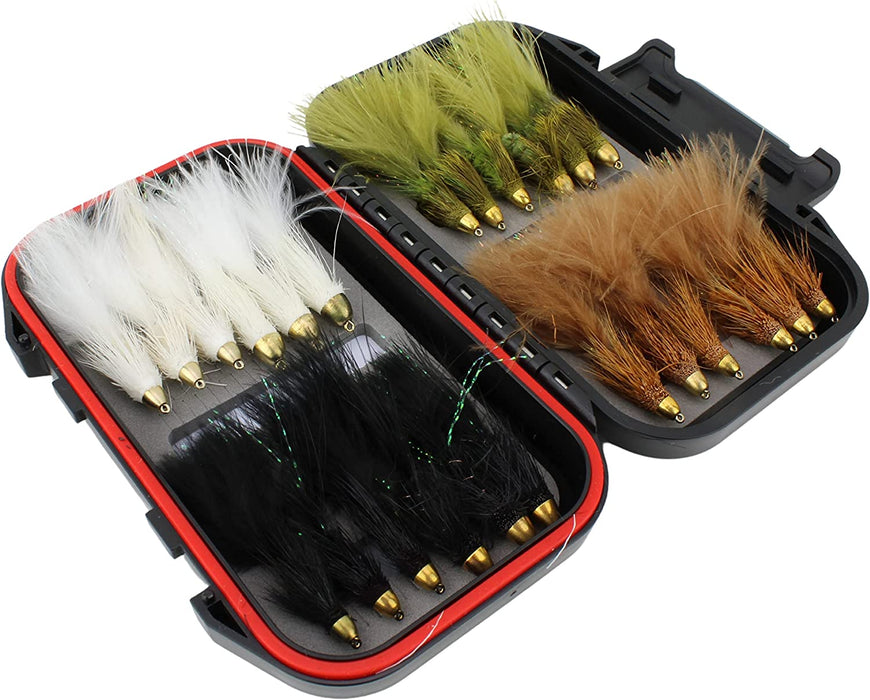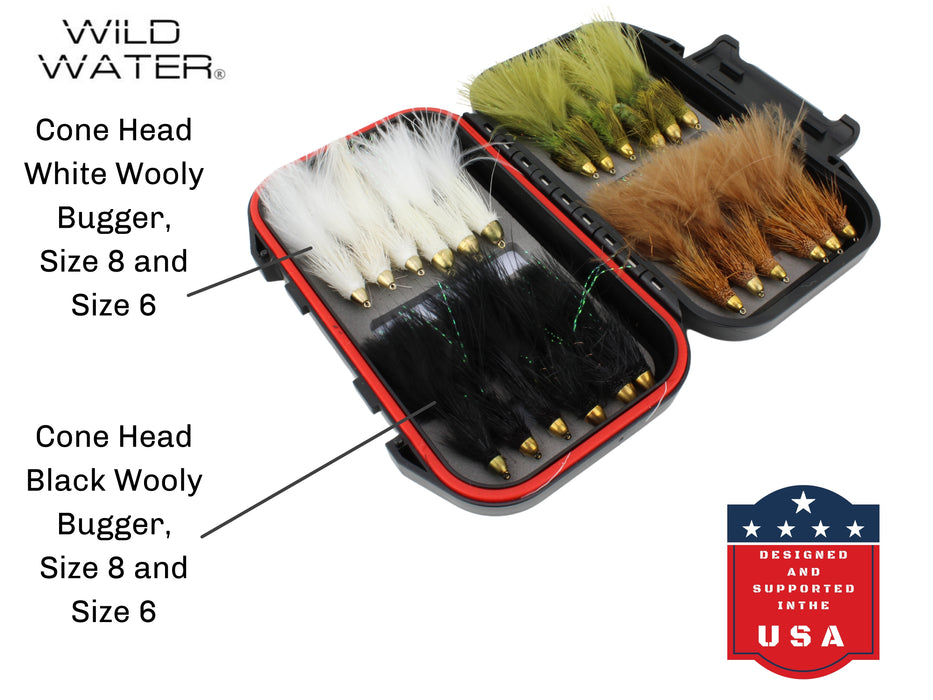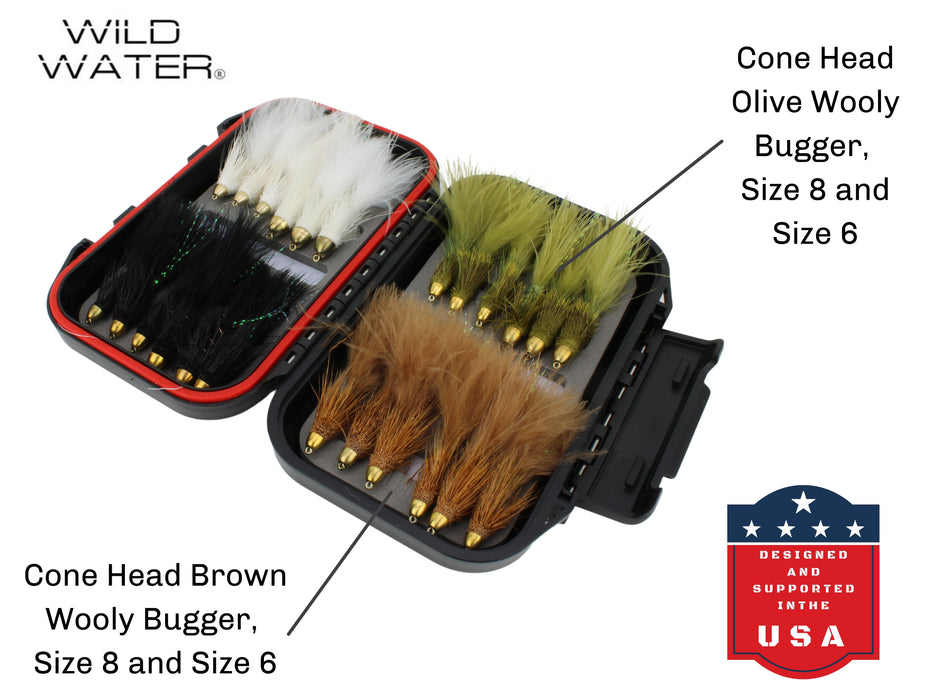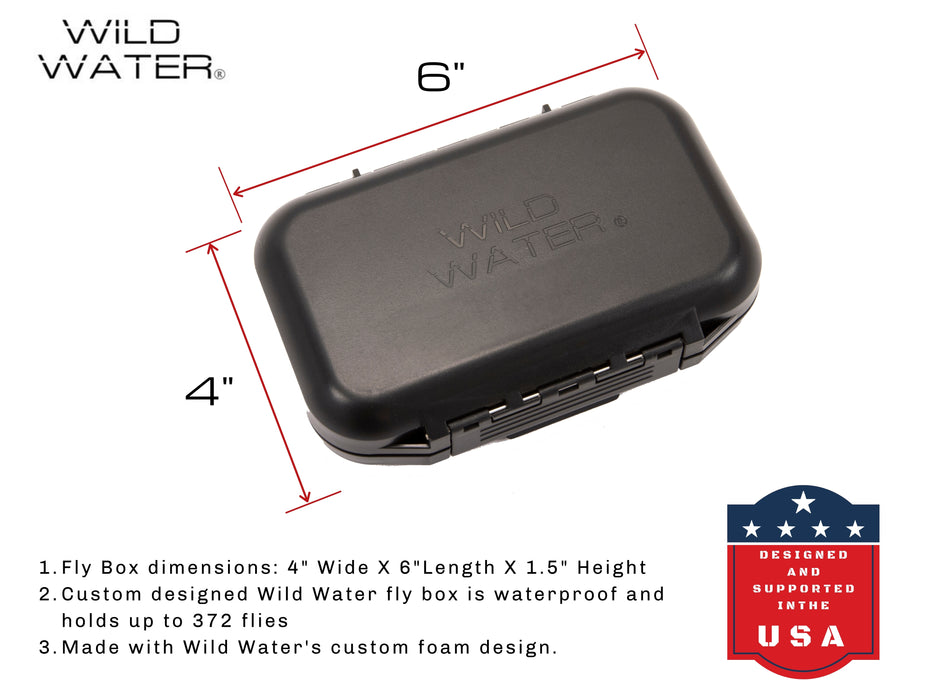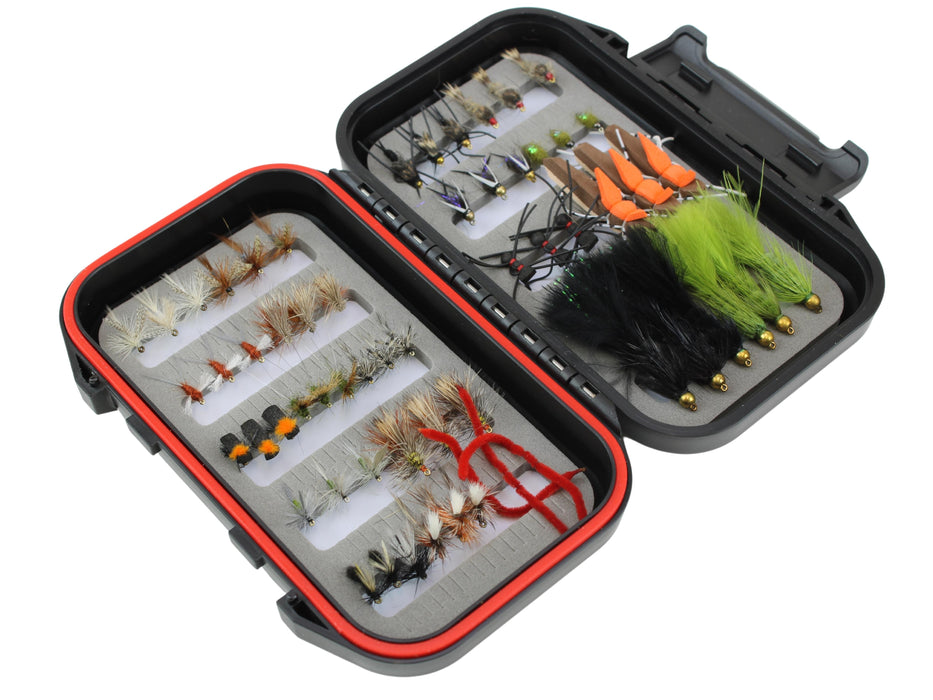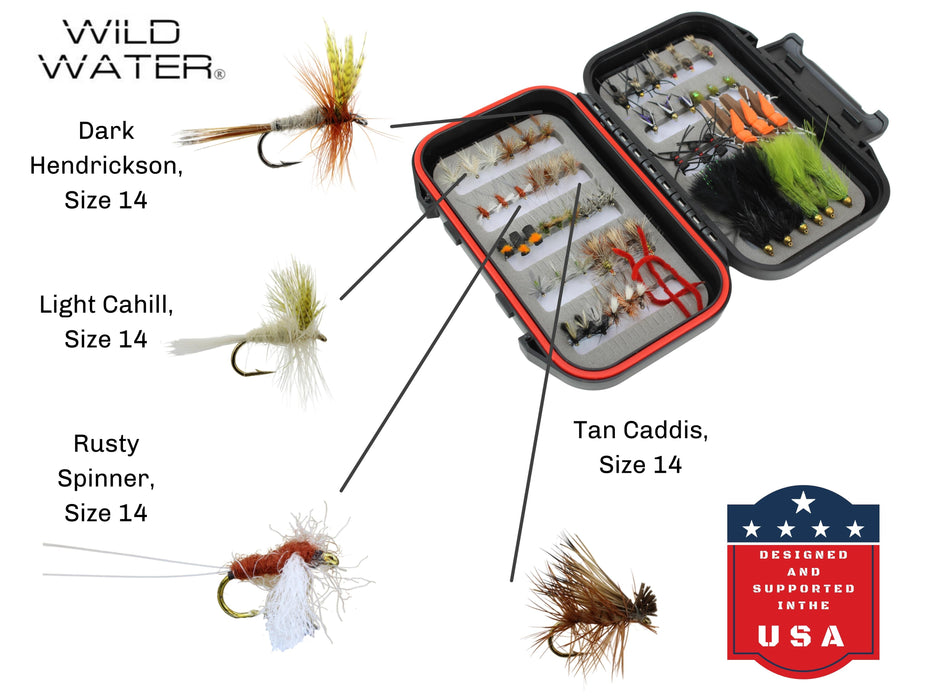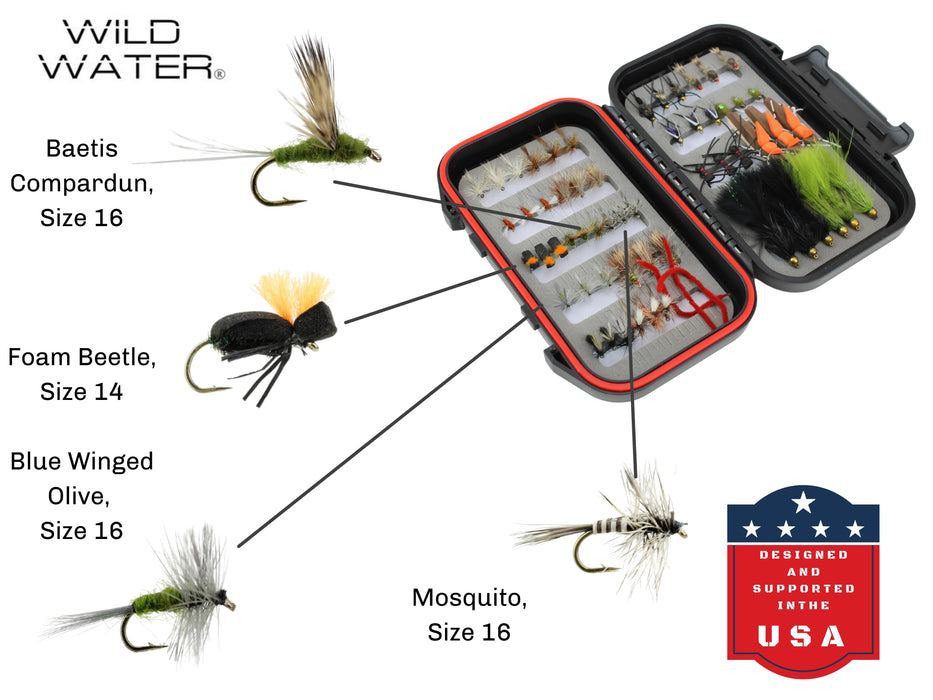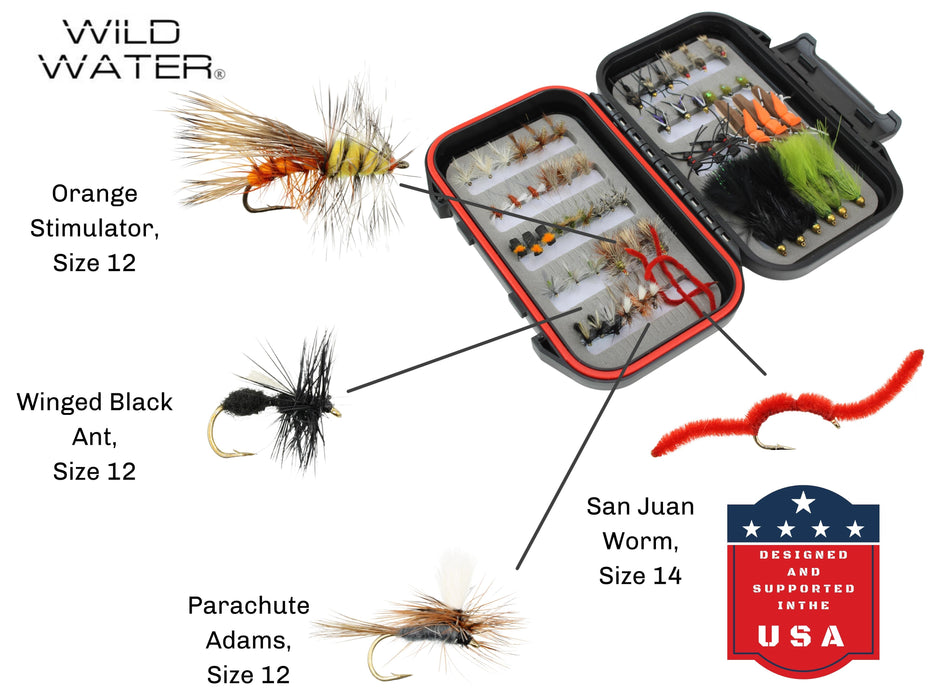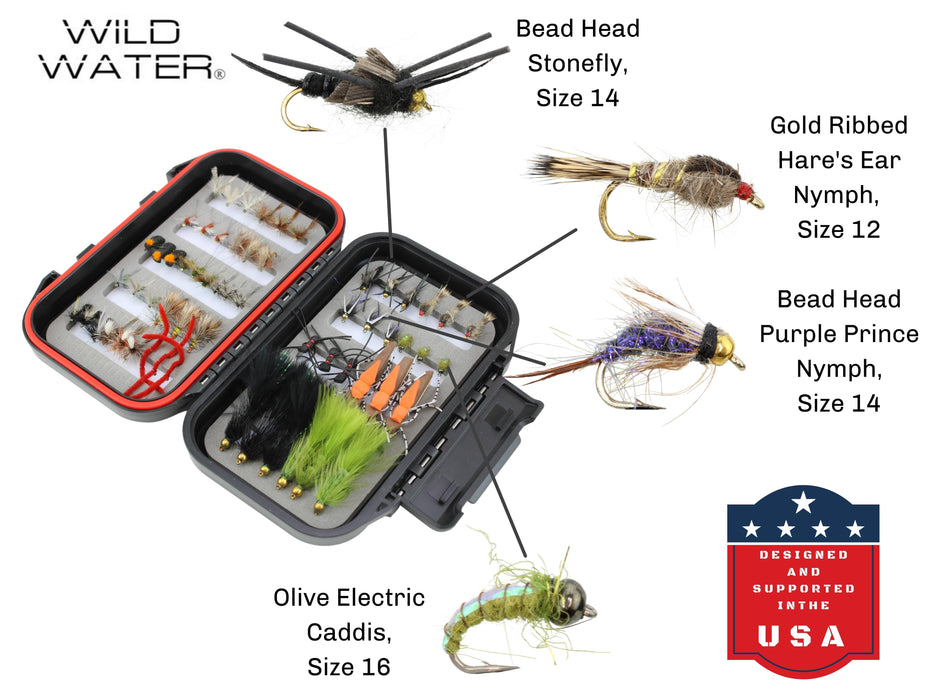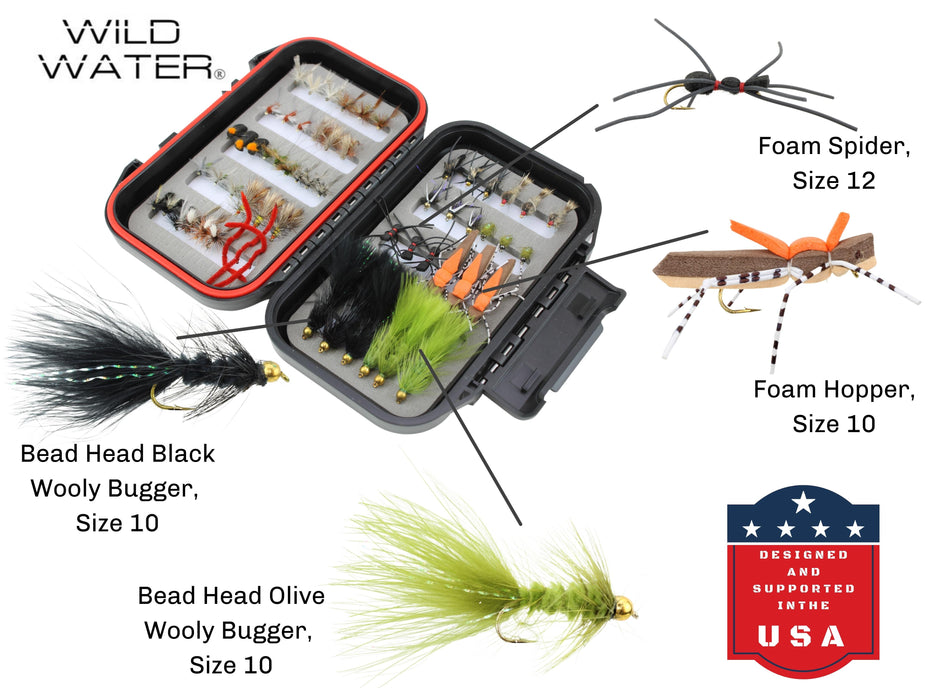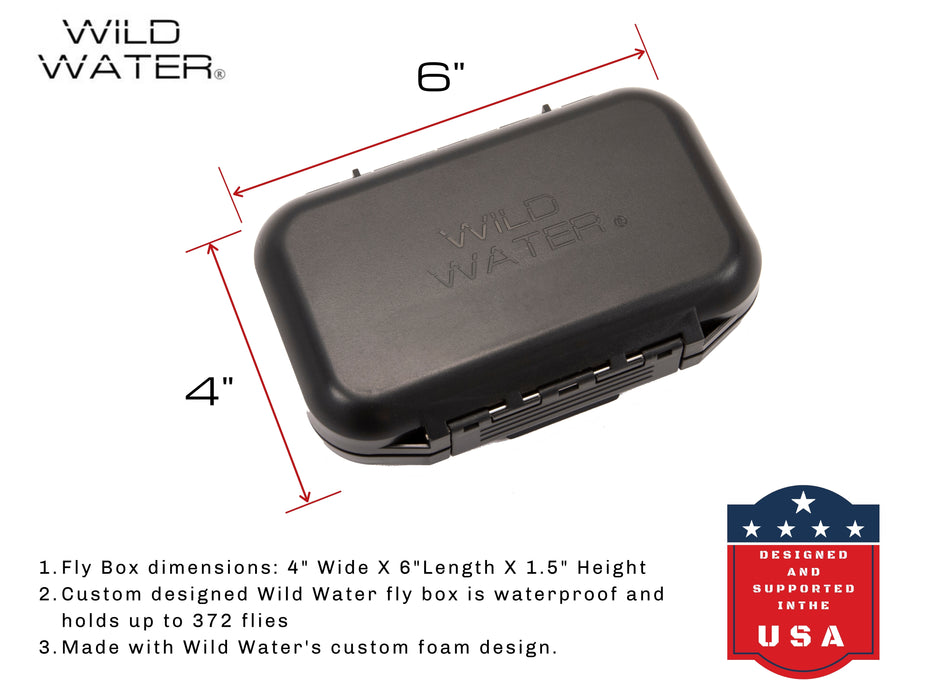Fly Fishing on the Eagle River
COLORADO FLY FISHING
Gold mines, ski resorts, and Sam Elliott’s voice in the Coors commercial come to mind when thinking of Colorado. The state has transformed rather dramatically, seeing it’s population more than double in the last 40 years. The Rocky Mountains are a mecca for skiing, snowboarding, mountain biking, rock climbing, hiking, and of course, fly fishing. Famous rivers such as the San Juan, North & South Platte, Colorado, Fryingpan, Gunnison, and more flow out of these mountains.
Last fall, I found myself in Summit County, searching for some good fishing water. Finding solitude on Colorado’s public waters has become a challenge these days. I drove west on I-70, past Vail & Beaver Creek ski resorts. The Eagle River flows along the highway for a good stretch here. I found an empty parking lot and decided to do some exploring.
The Eagle River is a 60-mile-long tributary to the Colorado River. It was subject to heavy metal pollution from the Eagle Mine through most of the 1900’s. In the 1980’s, the state of Colorado began working with the EPA to plug mining channels that were leaking pollutants into the river. Since then, fishing has been continuously improving. Camp Hale lies at the Eagle River’s headwaters, which was the training ground for the 10th Mountain Division during World War II. Veterans of the 10th Mountain were largely responsible for developing the ski industry into what it is today.
As I walked the banks of the river, it appeared to be a fly-fisherman’s paradise. Much of the river was wadeable and no more than 50 feet wide. Cutbanks, riffles, log jams, and slow pools were all present. Even better, there was still not another fisherman in sight. The backdrop was picturesque, with high peaks covered in golden aspen groves. Temperatures above 8000 feet in the fall can be deceiving, as 50 degrees can feel like t-shirt weather in the sun and jacket weather in the shade.
I took my 5-weight rod with floating line and started off in a faster riffle that was knee-deep. I waded out 10 feet or so until I saw a fish rise to eat a fly on the surface. I waited and continued to monitor the surface, looking for possible bugs the fish could be eating. I couldn’t see anything on the surface, but I saw the fish rise again. The rise was fast and aggressive. Based on this, I chose to use an elk hair caddis dry fly, tied on a 9-foot 5x leader. Fish rise more aggressively to caddis flies because caddis spend very little time on the surface of the water. Mayflies, on the other hand, have to sit on the water for quite some time for their wings to dry out before they can take off. Thus, fish tend to sip mayflies more gracefully because they’re not in a rush. I casted the caddis fly upstream 20 feet above the fish, letting it drift down naturally with the current. Success came on the first cast, and I had a 12-inch brown trout in my hands. A few minutes later, I managed to catch another of similar size.
I continued to work downstream and found a deeper hole with an undercut bank. I decided to try a streamer here. I switched to my 6-weight rod with intermediate sinking line and tied on a Sculpzilla to a 9-foot 3x leader. This fly is tied in a natural-brown color and imitates a Sculpin. Sculpin are common baitfish in most rivers, usually 2-3 inches long. I casted to the opposite bank and stripped the fly line in, making it jerk and swim like a small fish. Another brown trout smacked the fly. This fish had a little more size to it, coming in at 17 inches. The saying is bigger fly, bigger fish.
At this point it was close to sunset, and just 30 yards below me I saw a number of fish rising in a pool that had almost no current. I crept down the bank as fish in slow water tend to be much spookier. The fish were sipping very small mayflies that were barely visible to the naked eye. I’ve never been a fan of fishing tiny dry flies because they’re hard to tie on, and hard to see on the water. I held my grudge and tied on a big grasshopper, thinking it was a big enough meal that the fish couldn’t deny it.
Nope. They could’ve cared less. So, I succumbed and tied on a size 18 Blue Wing Olive. Fish in slow, clear water must be finessed, so I waited a few minutes for them to calm down, casted far above them, and let my drift work slowly into them. The current was so slow it seemed like an eternity, and my fly was so small, I couldn’t see it at all. Finally, I saw a fish rise near my fly line and I took a chance. I set the hook and felt the fish on. It felt bigger so I played it lightly, giving it line and not over pressuring, knowing that it had a very small hook in its mouth. To my surprise, the fish came into my net and was a 20-inch rainbow trout. How did that saying go? Bigger fly, bigger fish?
The answer is in presentation. Bigger fish do not necessarily search for bigger food. They just tend to be more wary and selective. Success on larger fish comes by making sure the fish feels safe (not spooked), and closely imitating the natural food source.

